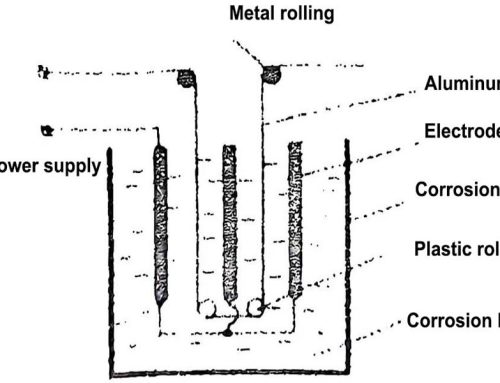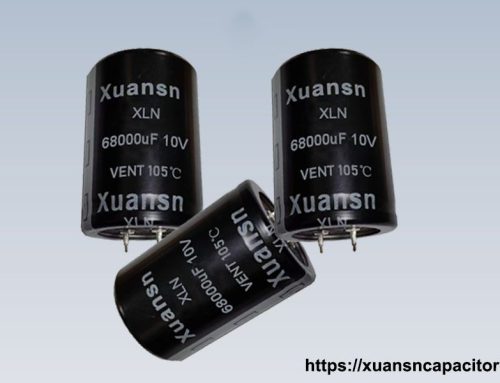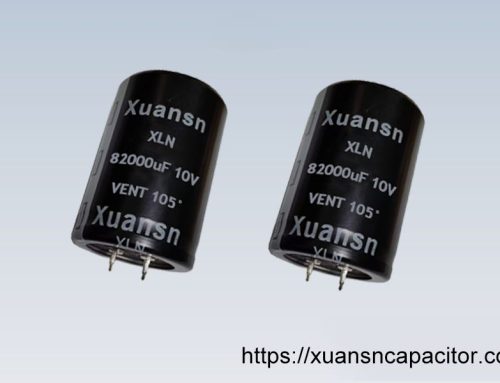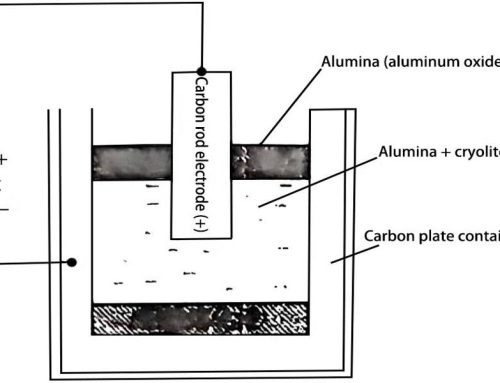1 General requirements and precautions for maintenance
The maintenance of AC and DC filters and parallel capacitor device is mainly into routine maintenance and special maintenance. Routine maintenance refers to maintenance that requires power outages at regular intervals, and special maintenance refers to major and critical defects, failures and accident handling, equipment replacement, etc. Regardless of the type of maintenance carried out, or if special maintenance items are involved in routine maintenance, the work must be carried out in accordance with relevant requirements.
1.1 General requirements for maintenance
(1) Before carrying out on-site maintenance work, the corresponding maintenance operation documents (generally operation instructions/cards, maintenance plans, etc.) should be prepared in accordance with relevant standard procedures and equipment technical documents, and the approval procedures should be completed.
(2) Before maintenance, the filter and shunt capacitor equipment should be evaluated in accordance with the requirements of the status evaluation guidelines. Execute the corresponding maintenance strategy according to the equipment status: early maintenance, normal maintenance (routine maintenance according to normal cycles), or special maintenance of certain equipment, etc.
(3) Routine maintenance of equipment should focus on the inspection and maintenance of equipment, and the replacement of small parts (not the whole equipment). The general principle should be “must be repaired if necessary, and must be repaired well”.
(4) Records should be kept during the maintenance process, and they should be sorted and filed after the maintenance is completed.
1.2 Precautions for maintenance of filter and parallel capacitor device
(1) When the maintenance of filter and parallel capacitor involves high-altitude work (generally refers to the maintenance work of capacitor tower, as shown in Figure 1, the construction personnel boarded the work vehicle without wearing a safety belt), the relevant regulations on high-altitude work must be strictly implemented. It is strictly forbidden to work without a safety belt or safety rope. The safety belt or safety rope should be used correctly and must not be hung high and used low.
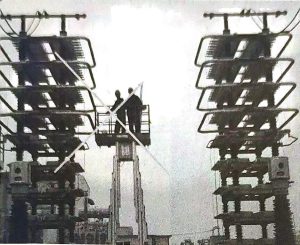
Figure 1 Climbing without wearing a safety belt
(2) Safety measures should be taken when heavy-duty vehicles move through cable trenches, and steel plates or wooden boards should be laid to prevent the lifting vehicle from crushing the cable trench cover. Before the legs of the lifting platform are erected, the level of the working vehicle should be checked to ensure that they are level. The legs should be supported on a stable and solid ground. When the legs are located on the cable trench cover, steel plates or wooden boards should be laid to prevent the lifting vehicle from tipping over during use.
(3) When working at heights, take anti-inductive electricity measures according to the on-site conditions to prevent personnel from being electrocuted due to incomplete discharge of the parallel capacitor device; the correct discharge method should discharge each capacitor one by one with an insulating rod (as shown in Figure 2, the correct discharge method), and use a personal safety line.
(4) The use and placement of the lifting vehicle should comply with the grounding wire requirements to prevent the lifting vehicle from tipping over; before work, ensure that the lifting vehicle has been grounded with a special grounding wire to ensure good grounding. The lifting vehicle should be placed stably and the balance indicator should meet the requirements.
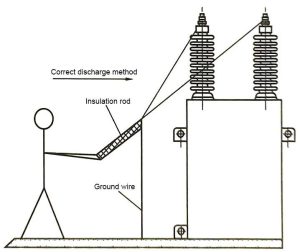
Figure 2 Correct discharge method
(5) When using an electronic instrument with an AC power supply (such as an oscilloscope) to measure equipment parameters, the insulation between the instrument measurement terminal and the power supply side must be good, and the instrument housing should be grounded at the same point as the transformer.
(6) During the replacement and transportation of capacitors, it is strictly forbidden to subject the casing to stress or damage, and it is strictly forbidden to step on the capacitor casing. The casing should be lifted and placed gently during transportation. It is strictly forbidden to do the things shown in Figures 3 and 4.
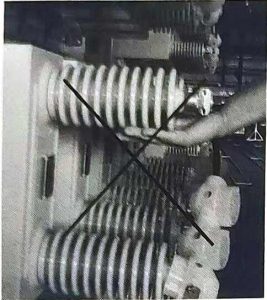
Figure 3 Incorrect transportation method
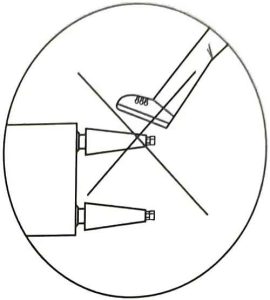
Figure 4 It is strictly forbidden to step on the capacitor casing
(7) When transferring tools, a transfer rope and tool bag should be used. It is not allowed to throw tools. When carrying tools, tie the knot according to the standard, as shown in Figure 5; mobile phones, keys and other personal belongings are not allowed to climb the capacitor tower.
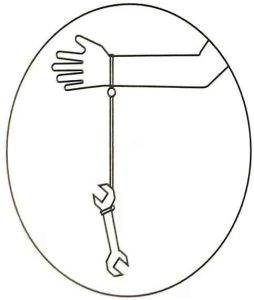
Figure 5 Correct way to carry tools
(8) During the maintenance process, it is strictly forbidden to touch the capacitor casing terminal with both hands at the same time for the replaced capacitor to prevent electric shock, as shown in Figure 6, because no capacitor can ensure 100% complete discharge. At the same time, it should be noted that in any situation, the two casing leads of the capacitor should not be touched at the same time (in reality, there are cases where faulty capacitors that have been placed for many years can still cause electric shock and injure people).
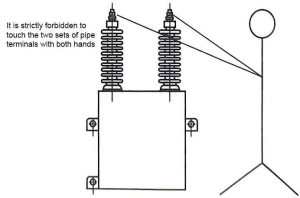
Figure 6 It is strictly forbidden to touch the two terminals of the capacitor casing with both hands at the same time
(9) During the maintenance process, use the torque wrench correctly. When disassembling and installing the sleeve nuts of the parallel capacitor device, use standard torque (adjustable wrench, fixed wrench, etc.), rotate the tool handle horizontally, and disassemble to prevent damage to the capacitor joint and sleeve. When checking the torque of the capacitor lead joint, the torque size required by the manufacturer should be followed and checked as shown in Figure 7. It is strictly forbidden to tighten directly.
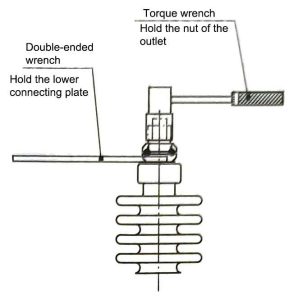
Figure 7 Schematic diagram of torque inspection of capacitor lead connector
(10) Use ladders correctly. When using a stepladder, a dedicated person should hold the ladder to prevent the stepladder from slipping or tipping over. When the ladder is not long enough, it is strictly forbidden to use a ladder to connect ladders for high-altitude operations.
(11) During the capacitor transfer and maintenance process, in order to ensure the safety of the maintenance personnel on the capacitor tower and prevent induced electricity from injuring people, both the high and low voltage sides should be reliably grounded (generally there is a grounding knife switch on the high voltage side, which must be closed, and the low voltage side uses the operating personnel to hang the three-phase grounding wire, as shown in Figure 8). However, sometimes, it is necessary to remove the grounding wire and open the grounding knife switch (for example, when the filter to be repaired is adjacent to other filters in operation, due to interference, when measuring the capacitance value of a single capacitor near the top of the high-voltage tower, the grounding on both sides of the tower cannot be disconnected, and the actual capacitance value cannot be measured). Under the condition of taking reliable safety measures, the work should be completed as soon as possible and the grounding connection on both sides should be restored immediately.
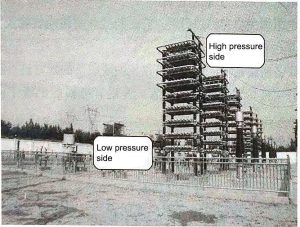
Figure 8 High and low voltage side positions of capacitor tower grounding
2 Routine maintenance of filter and Parallel capacitor device
2.1 Routine maintenance items of capacitors
(1) Parallel capacitor device that usually leak should be replaced, but if the leakage is minor, they can be repaired according to the manufacturer’s instructions; replace capacitors that are bulging, discolored, or have abnormally high temperatures during infrared temperature measurement during operation.
(2) Anti-corrosion paint the equipment and repaint the local damage or paint peeling areas.
(3) Visual inspection of all filter equipment components and removal of foreign matter.
(4) Check the integrity of the capacitor insulation porcelain sleeve and various supporting insulators. There should be no damage or cracks.
(5) Check the fixing of the foundation frame and tighten the connecting bolts.
(6) Use a torque wrench to check the equipotential connection line to ensure good connection.
(7) Use a torque wrench to check the lead connection. There should be no looseness.
(8) Use a torque wrench to check that the bolts of the bracket are well tightened. There should be no looseness.
2.2 Routine maintenance items of resistors
(1) Clean the air inlet and outlet.
(2) Check the welding points and bolts of the electrical connection. The loose bolts should be tightened according to the torque requirements of the equipment technical documents.
(3) Check the fixing bolts of all outdoor porcelain insulators and connecting hardware, and tighten them according to the torque requirements of the equipment technical documents.
(4) Check the resistor box and perform anti-corrosion treatment.
(5) Check the oxidation and contamination degree of the resistor, whether there are broken wires, short circuits or burning and abnormal discharge marks, and deal with any problems.
(6) Check the anti-corrosion paint of the equipment and repaint the damaged or peeled parts.
(7) Check and clean the internal insulators and bushings. If any damaged insulators or bushings are found, they should be replaced.
2.3 Routine maintenance items of reactors
(1) Comprehensively check the top and bottom of the coil and the inner/outer surface of the reactor coil for abnormalities such as carbonization, arc marks and cracks, and deal with the problems.
(2) If any abnormality is found, the cause should be found out (consult the manufacturer if necessary) and the hidden danger should be eliminated before re-commissioning.
(3) Check whether there are foreign objects such as bird nests on the top of the coil, etc. If there are any, remove them.
(4) Randomly check the tightening torque of several supporting frame bolts. If more than one is loose, tighten all bolts according to the torque requirements provided in the equipment technical documents.
(5) If the reactor has noise reduction accessories, check whether the noise reduction device is intact.
(6) Check the grounding lead. If there is looseness, corrosion, etc., it should be repaired.
(7) Partial incompleteness or peeling of protective paint should be repaired.
2.4 Routine maintenance items for current transformers
(1) Check the leads and electrical connections with a torque wrench.
(2) Check the terminal box seal and terminal connection.
(3) Check the appearance of the current transformer body and treat it with corrosion and rust prevention.
(4) Check the oil level and oil leakage.
(5) Check and clean the insulators.
(6) Check the connection of the current transformer end screen.
2.5 Routine maintenance items for lightning arresters
(1) Check the leads and electrical connections with a torque wrench.
(2) Treat the lightning arrester body and bracket with corrosion and rust prevention.
(3) Check the grounding lead.
(4) Check the appearance of the online monitor.
(5) Check and clean the insulators.
2.6 Process quality requirements for routine maintenance
During routine maintenance, we must ensure that the items are complete and without omissions, and strictly control the equipment maintenance process to implement the general principle of “must be repaired when necessary and repaired well”. The maintenance process quality requirements for filters and parallel capacitor device are shown in Table 1.
Table 1 Maintenance process quality requirements for filters and parallel capacitor device

